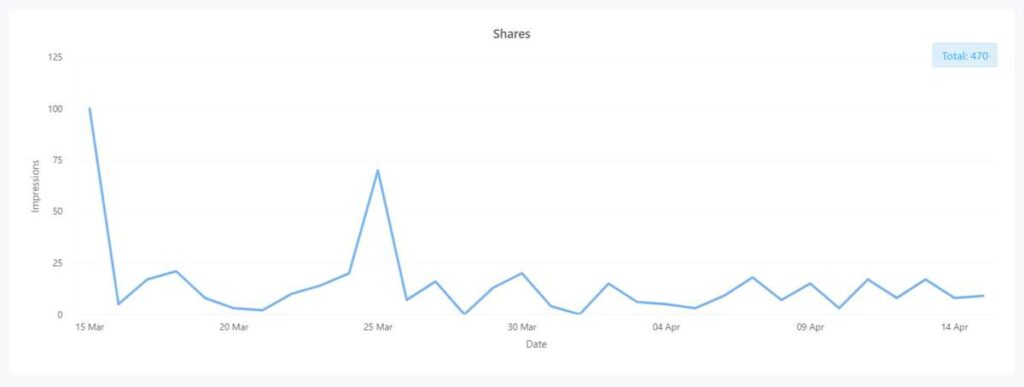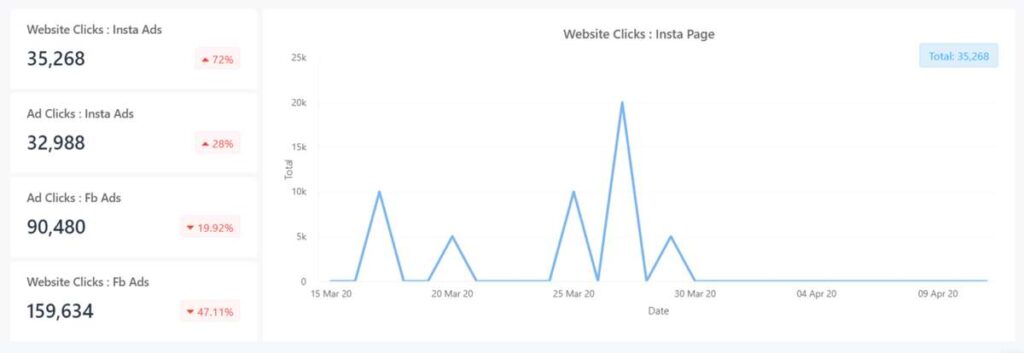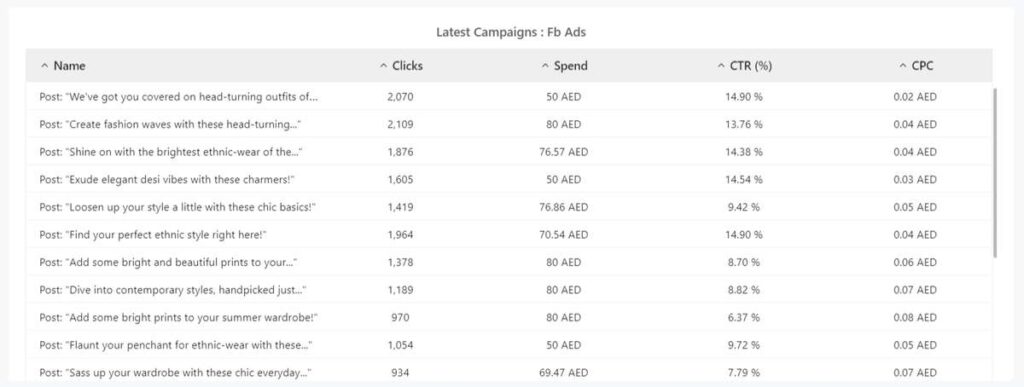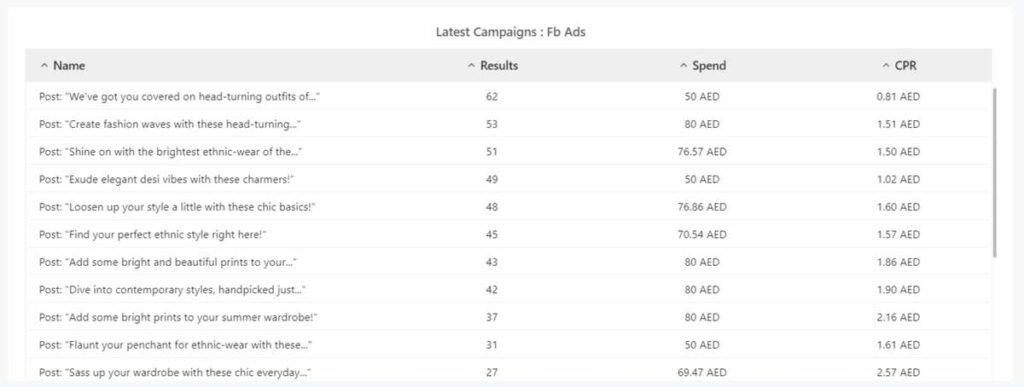Social Media has become a daily routine in everyday life.
Most of the people are physically and mentally dependent on one or the other platform. Statista research suggests that there was an estimation of 2.9 billion worldwide users on social media in 2019 and the number is expected to reach 3.43 billion by 2023.
Facebook leads the chart with 2.5 monthly billion active users.
Table Of Contents
- What Are Social Media Metrics?
- What Are Top Metrics To Track?
- Awareness Metrics
- Engagement Metrics
- Conversion Metrics

Now with all these users on social media, it is unavoidable for businesses to market their products and connect with their ideal customers and as a marketer, it is important for you to be informed of all the latest trends in social media to help your clients perform well on their marketing campaigns.
When you are managing your client pages and their social media marketing, it is crucial for you to know what metrics to track and what are important because they determine if a campaign is successful.
So here in this article, I will help you with the most important metrics to track on social media. But, let’s understand what are social media metrics first.
What Are Social Media Metrics?
Imagine you are running a campaign on social media for your client. How would you assess the performance of your campaign?
For every campaign, there is a goal set. Your goal for the campaign determines what metrics to track.
For every different type of goal, you will have to track a different set of metrics. These metrics help you measure the value of your campaigns and analyse if your campaign is successful or not.

Yes, the likes, shares, reach, engagements, conversions, ROI, followers are all called metrics.
Why Track These Metrics?
Measuring your data is essential. Unless you know the importance of data and what data metrics to be measured you cannot make smart decisions to your social campaigns.
Tracking these metrics will help you know how well are your campaigns running and helps you in demonstrating the value of your work. Tracking metrics from different platforms also give you an advantage of which platform has a major contribution to your goals.
What Are Top Metrics To Track?
In the world of Social media metrics, it is important to identify the metrics to track.
Also, for every social media platform, there are a different set of metrics. Here in this article, I’ll take you through the top 9 Social Media Metrics that matter to your business and your clients considering all major platforms.

All the below 9 metrics are categorised into 3 stages of the customer journey sequentially.
- Awareness – These metrics will help you create your potential and future audience
- Engagement – These metrics illustrate how your audience are associating with your business
- Conversion – These metrics explain on the effectiveness of your campaigns
Awareness Metrics
1) Reach
Reach is the first important metric to measure in social media.
It shows how many unique people are watching your content/brand or in other words, the number of unique people your brand has reached/exhibited to.

There is a small difference between Impressions and reach as impressions show the total number of times your post is shown on the timeline.
Reach is a top of the funnel and an actionable metric, as it depends on your audience. It is a metric to track for every marketer because strong reach shows strong awareness.
2) Follower Growth
Follower growth can be easily measured to understand the growth of your followers on every platform.

If you see the rate increase, that means your audience are engaging with your content and finding it relevant.
Sadly, if the rate is decreasing then it is time to rethink your strategy. It should be measured for all social platforms every month.
3) Demographics
Often ignored by many marketers, demographics prove to be an important metric to track.
You can gain valuable insights by tracking demographics to see how many people are engaging with your brand.

Demographics show to which gender, age and location your posts are performing better.
This metric also helps you to segment your audience and posts relevant content to them. So this metric joins as the third metric to track on the Awareness metrics.
Engagement Metrics
1) Engagement Rate
Engagement on social media can be of different types such as likes, shares, comments, clicks and reactions.
This metric shows you how many people are interacting with your social content. If you are focused on generating interactions then this is an important metric to be on the list.

Engaging people with your brand is the key to generate more qualified leads.
You can quickly grow your brand if your engagement rate is high.
To keep your engagement rate high it is essential to measure this metric to make necessary corrections to your content.
2) Amplification Rate
It is the second important metric to be measured in Engagement Metrics.
The more you study about this metric, the more important you’ll feel. This metric was first explained by digital marketing evangelist Mr Avinash Kaushik.

The rate at which your audience shares your content is described as the Amplification rate.
If your amplification rate is higher, that shows that your audience are willing to engage with your brand. They are more likely to be your ambassadors or an influencer to your brand.
3) Referrals (Visits To The Website)
This metric is mostly applicable to eCommerce brands or brands with websites.
As the name suggests it shows how many people clicked on the post and landed on your website. In other words, the traffic to your website from social media.
It is the first step of success to your conversions.

This metric shows us that the content on social media is so engaging that people are taking the time to leave social media and browse your website.
The audience landing on your website are the marketing qualified leads for you. So keeping a track of this metric is a worthwhile investment.
4) Bounce Rate
Bounce rate explains how many people have left your website after viewing only 1 page.
This could be for various reasons like the website is slow to load, the content is not relevant to the post they clicked. A high bounce rate is indirect evidence of a low conversion rate.

If your bounce rate is high, that means the value your audience gets on social media is not the same as the value on the website or the landing page.
Your content on social media has made them click and come to your website but your website doesn’t manage them to stick around.
5) CPC & CTR
Cost-Per-Click is an essential metric to track if your brand is investing in paid marketing.
This metric shows the amount you are charged for each individual click on your sponsored post. This shows if your investment in paid campaigns is efficient or not.
CTR is another metric to track in paid marketing.

Click-through-rate is defined as the number of people clicking on your ad content and landing on to a page with additional content(Landing Pages).
It is often used to measure the success of your Ads. A low CTR means that your ad content is not relevant to your audience.
Conversion Metrics
1) Conversion Rate
Conversion rate is the number of audiences clicking on your social media post and taking necessary action on the landing page/website.
This has a direct impact on Return on Investment(ROI). Conversions might be different for each business depending on the goals.
It might be subscribing to a newsletter, downloading content, filling a form, registering to an event and also buying a product or service.

To track conversions you have to work with the development team to implement conversion codes on the website such as Facebook Pixel, Tag Manager.
Also, make sure your CTA is trackable.
Conclusion- Know What To Track
From the huge list of social media metrics that are available to track, I’ve gathered the top 9 metrics that matter for your brands and its goals.
What metrics you track will ultimately depend on your brand’s goal towards social media.
But, I hope I’ve helped you to make an informed decision and refocus on the metrics that are important for your brand. Share with me if you consider other social media metrics as key.
But how do you keep a track of all metrics from different platforms on a single dashboard?

Doing it manually takes a lot of time as pulling the data from each platform and arranging them is a huge ask.
GreyMetrics helps you to keep a track of all important metrics from different sources on to a single dashboard/report.